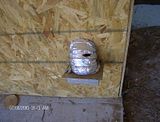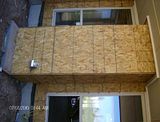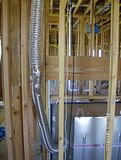Well it looks like they have found a way to terminate the bathroom exhaust vents "directly to the outside" through the soffit overhang;
(right click on picture to enlarge)
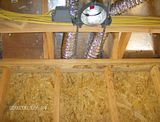
and,
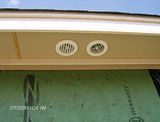
Here is a single. But they still don't understand that the duct material has to be listed for consealed location;
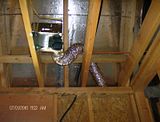
This type duct is not listed for consealed location.
Here is another bathroom exhaust duct that is not listed for consealed use;
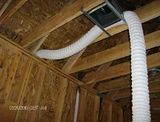
This one was terminated into the soffit (not directly to outside the building).
I can't beleive they are still using this crap,
Uncle Bob
(right click on picture to enlarge)

and,

Here is a single. But they still don't understand that the duct material has to be listed for consealed location;

This type duct is not listed for consealed location.
Here is another bathroom exhaust duct that is not listed for consealed use;

This one was terminated into the soffit (not directly to outside the building).
I can't beleive they are still using this crap,
Uncle Bob
Last edited by a moderator:

